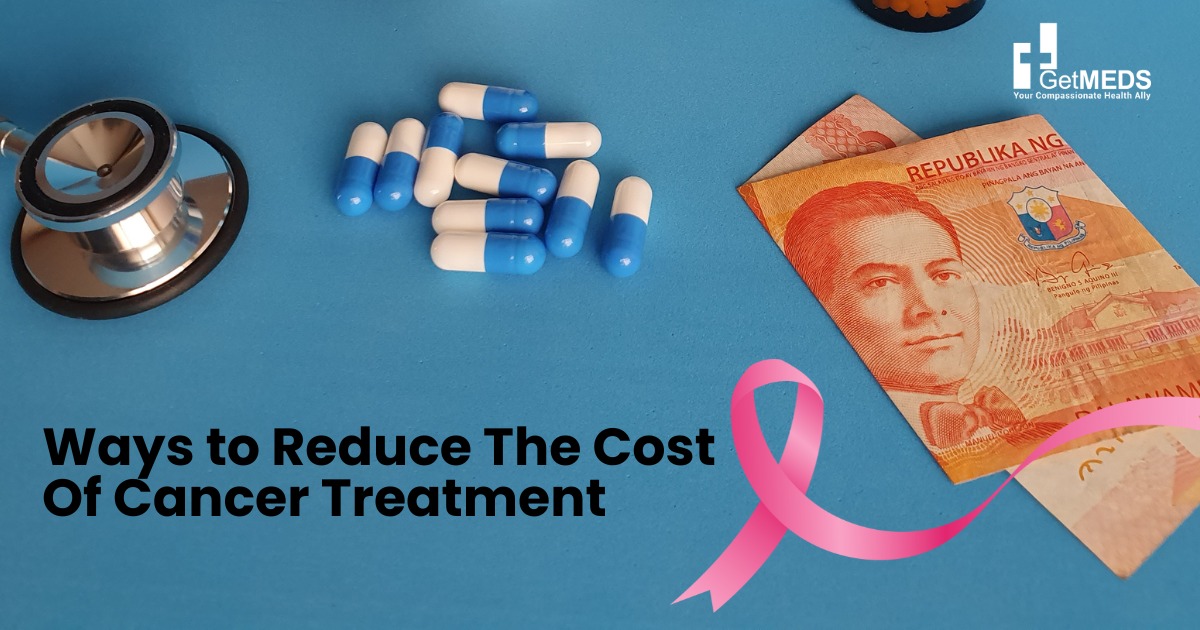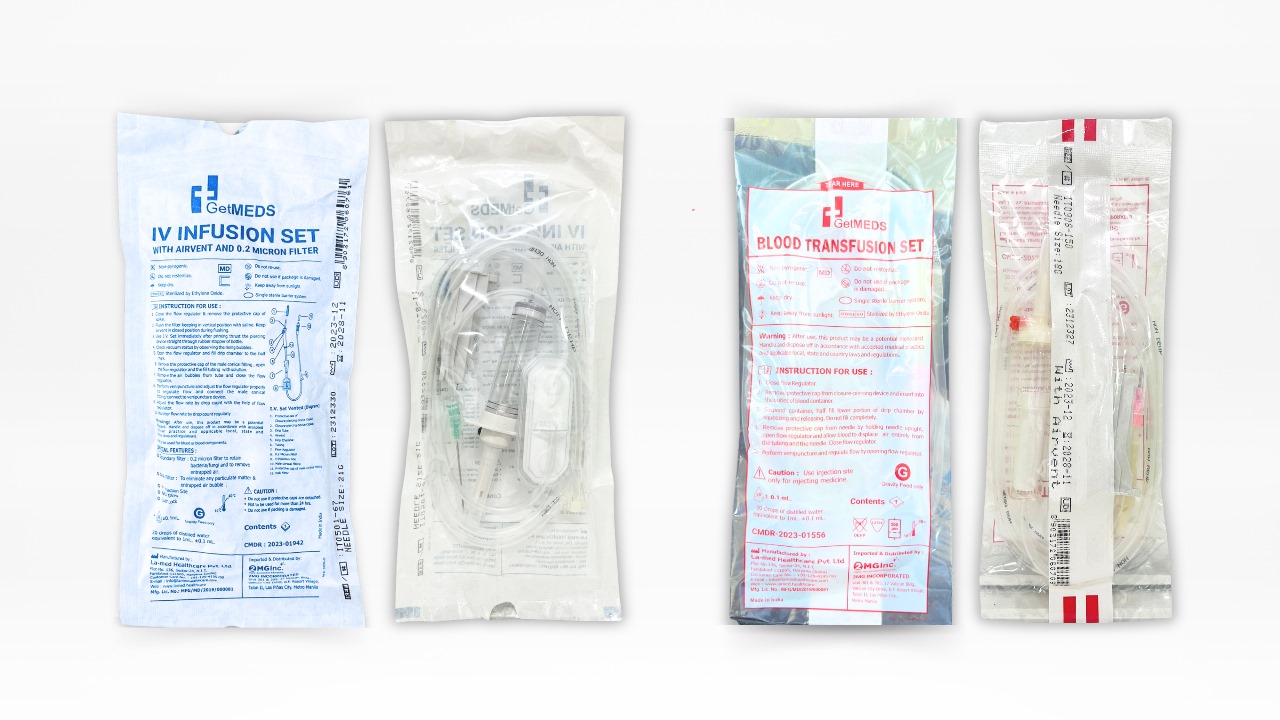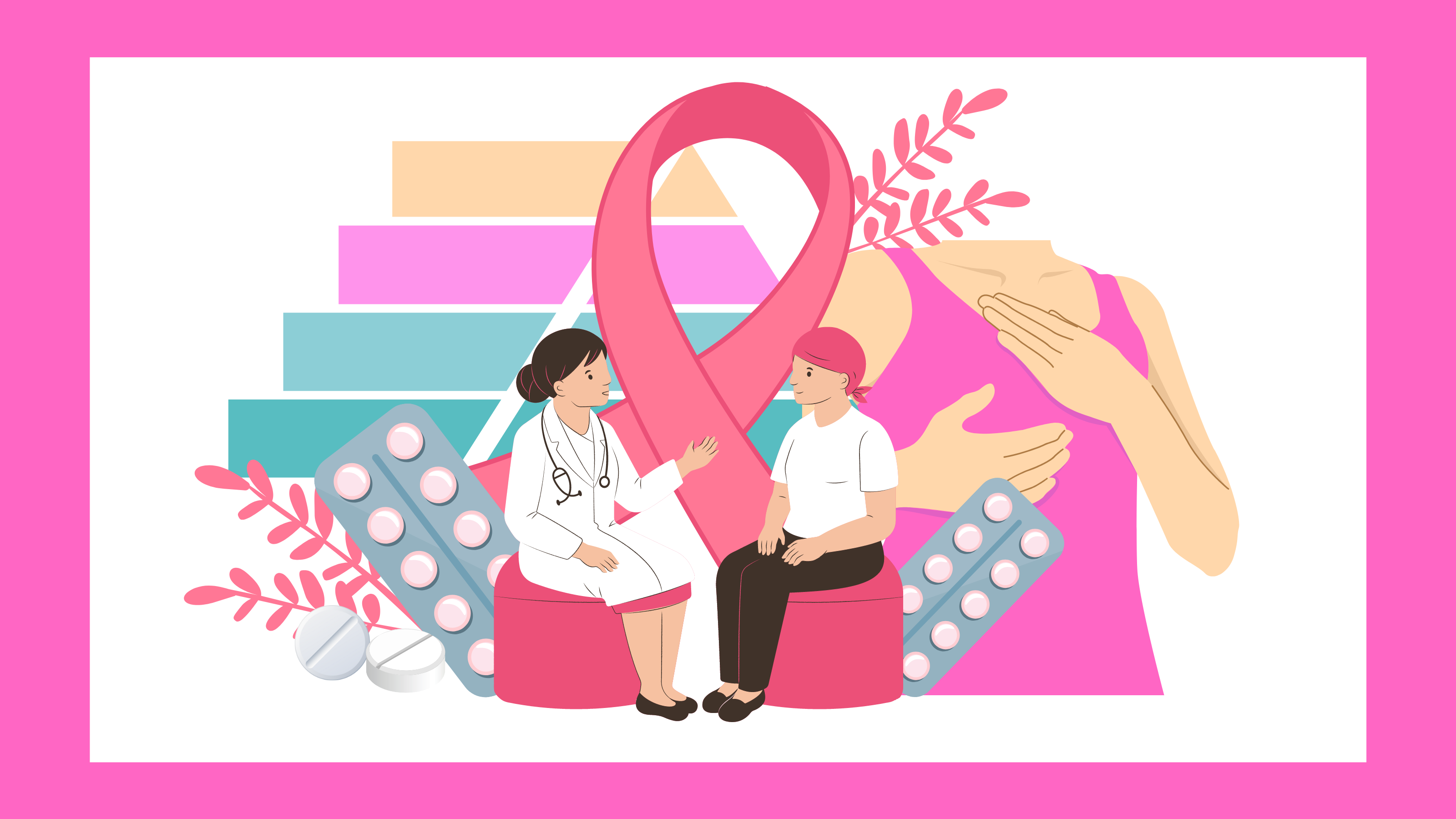Earlier known as Hodgkin’s disease, Hodgkin’s lymphoma is a type of blood cancer that starts in the lymphatic system of the body. The lymphatic system is a part of the body’s immune system that gets rid of waste fluid surrounding the lymph nodes (knots of tissue) through the connected vessels. These lymph nodes also act as small filtering bodies, keeping out foreign cells and organisms. Hodgkin’s lymphoma cancer disrupts the working of the immune system.
Lymphocytes are white blood cells that are produced by the lymphatic system. These cells protect the body from various infections causing bacteria, viruses, and fungi. One may notice that some of the lymph nodes and tissue surrounding an area of infection become swollen and sometimes painful. This means that the lymphatic system of the body is currently fighting against an active infection. After the threat of infection dissipates, the swelling in the lymph nodes goes down and they are no longer tender, all of which is a normal reaction of the body to an infection.
Hodgkin’s lymphoma cancer occurs when the lymphocytes get out of control and keep on multiplying, producing malignant cells. The abnormally growing lymph node cells have the ability to invade and spread to other tissues throughout the body. With the progression of the disease, it becomes more and more difficult for the body to defend itself from infections.
Lymphoma can be broadly divided into two types- Hodgkin’s lymphoma and non-Hodgkin’s lymphoma. Types of cells present in the body and their behavior help in identifying if the person has Hodgkin’s lymphoma or non-Hodgkin’s lymphoma. The Reed-Sternberg cells are the primary markers for Hodgkin’s lymphoma. The presence of these cells can be confirmed by a doctor using a microscope.
The root cause for Hodgkin’s lymphoma in a person is not clearly known, although there are several tests available to confirm the diagnosis of Hodgkin’s lymphoma cancer. Hodgkin’s lymphoma has been linked with the Epstein-Barr virus and different genetic mutations. A few times, people who were previously exposed to the Epstein-Barr virus developed Hodgkin’s lymphoma. But this does not mean that all patients of the Epstein-Barr virus will develop Hodgkin’s lymphoma. The link was formed when strains of the Epstein-Barr virus were found in the malignant cells of a few patients. although Hodgkin’s lymphoma can develop at any age, it is more commonly found to affect people of the age group 15-40, and those above 55 years of age.
Read Also: Hodgkin’s & non-Hodgkin’s lymphoma – Know the Difference
One of the most common symptoms of Hodgkin’s lymphoma is the swelling of lymph nodes. Other symptoms include:
- Chills or night sweats;
- Fever;
- Fatigue;
- Itchy skin;
- Unintentional weight loss;
- Enlarged spleen;
- Persistent cough along with difficulty in breathing and chest pain;
- Pain in the lymph nodes after alcohol consumption.
If one is experiencing several persistent symptoms, he or she should consult a doctor. For a proper diagnosis, there are several tests for Hodgkin’s lymphoma such as:
- Blood tests – a complete blood count (CBC) is done to measure the levels of white blood cells, red blood cells, and platelet count;
- Imaging tests – such as CT scans, and X-rays;
- Biopsy – A lymph node biopsy is done by taking a piece of the lymph node tissue for further testing to look for the presence of any malignant or abnormal cells;
- Immunophenotyping – it is done to determine which type of lymphoma cells are present in the body;
- Bone marrow biopsy – this is an advanced test done to see how widespread the cancer is. The marrow inside the bones is extracted and then examined further.
The treatment of Hodgkin’s lymphoma cancer depends upon the findings of the tests done by the doctors. Depending upon what stage the cancer is at, the doctor refers to appropriate medical treatment. The four stages of Hodgkin’s lymphoma generally are:
- STAGE 1 – The early stage – the cancer is found in only one lymph node region, or is contained in one area of a single organ;
- STAGE 2 – Locally advanced – the cancer is found on one side of the diaphragm but in two lymph node regions, or one lymph node region and a nearby organ is affected;
- STAGE 3 – Advanced – the cancer is found both above and below the diaphragm in the lymph node regions, or one lymph node area along with an organ on the opposite side of the diaphragm is affected;
- STAGE 4 – Widespread – the cancer is found beyond just the lymph node regions and has spread to other body parts such as the liver, lung, or bone marrow.
After the diagnosis of Hodgkin’s lymphoma cancer and its staging, comes the various treatment plans available. The stage of the disease, type, overall health status of the patient as well as his or her preferences, all are key factors in deciding the plan of treatment. The end goal for Hodgkin’s lymphoma treatment is to destroy as many malignant cells as possible and bring the patient into remission.
- CHEMOTHERAPY – It is a drug treatment in which chemicals are used to kill lymphoma cells. The drugs travel through the bloodstream for easy reach to the affected areas in the body. Often chemotherapy is done in combination with radiation therapy for better and fast results in patients with early-stage Hodgkin’s lymphoma. For some, taking chemotherapy drugs is sufficient, while for others, drugs need to be administered intravenously, or sometimes both.
- RADIATION THERAPY – It is a targeted treatment of Hodgkin’s lymphoma cancer that uses high-energy beams like protons and X-rays, to kill cancer cells. The energy beam is directed or aimed at the affected lymph nodes.
- BONE MARROW TRANSPLANT – Also known as stem cell transplant, this treatment method involves replacing malignant bone marrow with healthy stem cells that will aid in the growth of new bone marrow.
Other drug therapies and immunotherapies are also used, especially when a particular genetic mutation is present that increases the risk of Hodgkin’s lymphoma. Although there is no definite cause for Hodgkin’s lymphoma, people with familial history and other immune diseases are more at risk than others. Keeping oneself aware of the symptoms can help in early detection and immediate lifesaving medical intervention.

 Login/Register
Login/Register
-777x437.png)










Be the first to comment on "Hodgkin’s Lymphoma – Symptoms, Diagnosis and Treatment"